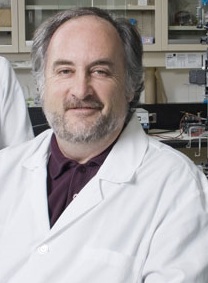New technologies have led to quantum leaps in regenerative medicine, including the ability to engineer human tissue. Next, researchers hope to grow new organs in the lab.

Dr. Auger leads a team of researchers at one of Canada’s top tissue engineering laboratories, the Laboratoire d’Organogénèse Expérimentale (LOEX). Together, they are using cutting edge stem cell technologies to take regenerative medicine to a new level. Their goal? To one day replace worn-out body parts with organs grown in a lab.
Dr. Auger and his colleagues’ area of expertise is human skin, but they are also developing techniques to create other body parts, including blood vessels, lungs and bladders, corneas, and ligaments. Dr. Auger believes that this is the medicine of the 21st century, and his ambitions include eventually regrowing parts of a human brain.
“For instance, we could do something for Parkinson’s disease because it’s located in one part of the brain,” he told reporters during an interview at his new laboratory in Quebec City.
To many, the idea of creating tissues in the lab to repair organs or to recreate new ones seems like something out of a science fiction movie. But, thanks to continued developments in tissue engineering, such fantastical ideas will someday will be a reality, Dr. Auger says.
“In 50 to 100 years from now, it won’t be science fiction. We’ll be able to regrow a hand. It’s going to be very demanding, very expensive and maybe take a few weeks. But wow, think about it,” he said.
Auger stressed that even if only a few organs can be created from scratch, it would transform medicine. “It would be fantastic to offer patients the possibility to regenerate an organ in a few weeks,” he said. “That’s what keeps me going every day. It’s a dream, yes, but a lofty one.”







Facebook
Twitter
Instagram
YouTube
RSS